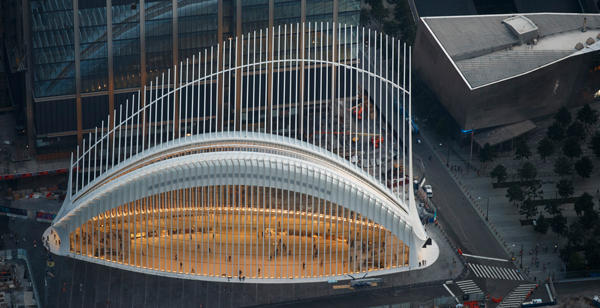Trending
Despite retail’s demise, new store construction continues across the US
Buying power per sf of retail space in NYC declined 7% since 2000: report

Consumers are turning away from brick and mortar shops in droves, but developers are continuing to build retail space across the United States.
In New York City, buying power per square foot of retail space declined 7 percent from 2000 through the first three months of 2017, Bloomberg reported, citing CoStar Group figures. CoStar looked at the changes in retail space and buying power in 16 major U.S. metro areas over the past 17 years. It found that, apart from San Diego, Seattle and San Francisco, new retail development in all the cities surveyed outpaced local demand.
Cleveland, where buying power per square foot of retail space declined by 26 percent, was the city with the biggest gap between retail development and demand. Memphis (decline of 24 percent) and Chicago (decline of 20 percent) took second and third place.
CoStar worked out buying power as a function of median income and population, according to Bloomberg.
While New York City’s decline of 7 percent was far more modest, the retail market in the city has struggled over the past 18 months.
At the Westfield Corp.’s shopping complex at the World Trade Center, around 20 percent of the space remains empty and unopened, according to calculations by The Real Deal. There have also been some big-name store closures. Last month, Ralph Lauren said it will close its flagship Polo Store On Fifth Avenue. [Bloomberg] — Miriam Hall




